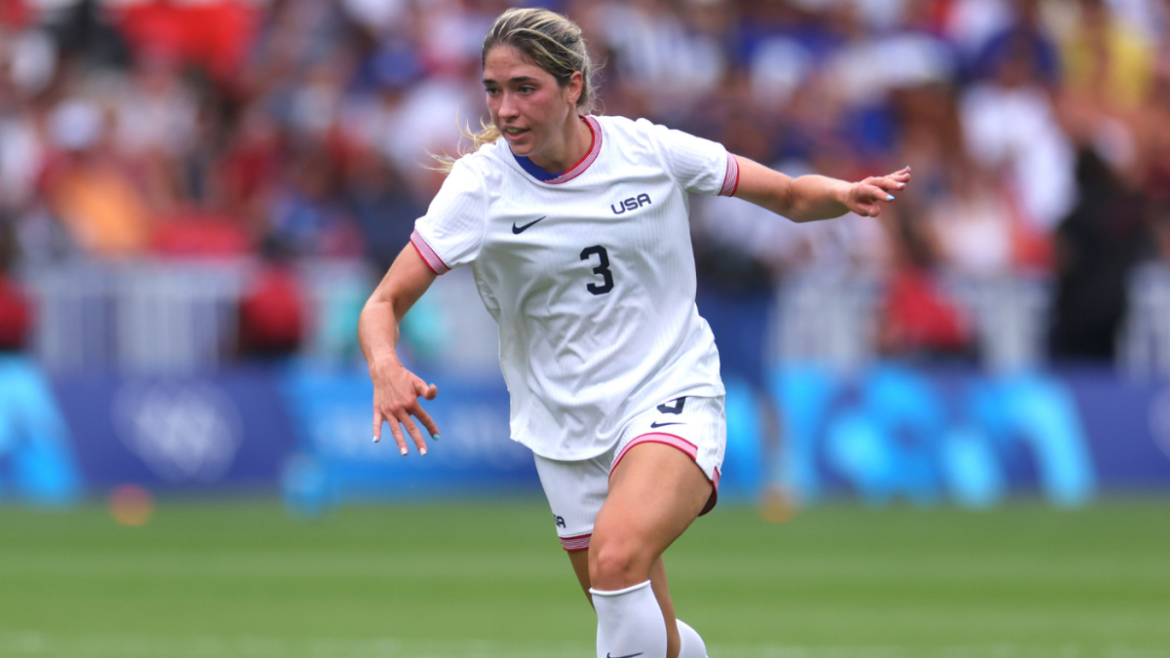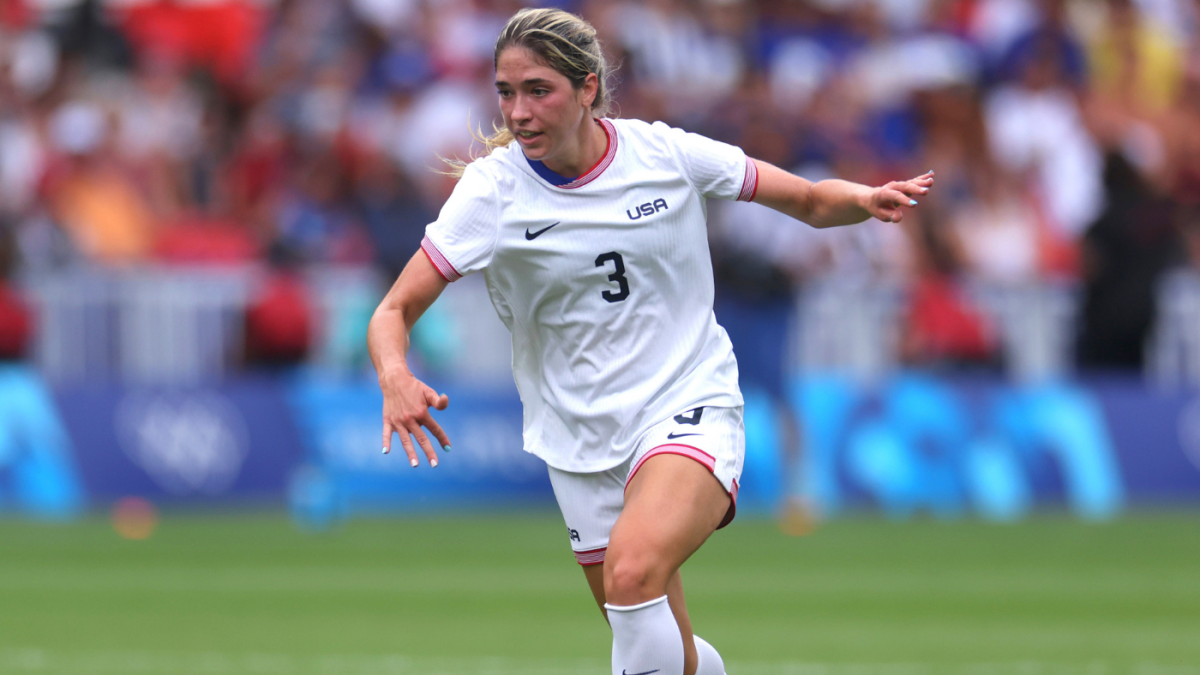The current landscape of U.S. women’s soccer is showcasing a dynamic synergy between youth development and senior team competitiveness, as evidenced by the latest roster moves involving the U.S. Women’s National Team (USWNT) and its Under-23 squad. This emerging narrative prominently features promising talents Jaedyn Shaw, Mia Fishel, and Korbin Albert—players simultaneously straddling the cusp of full senior national team recognition while gaining vital experience with the U-23 team.
A Strategic Balance in USWNT Roster Composition
The USWNT’s approach heading into the 2025 summer friendlies epitomizes a thoughtful calibration between seasoned veterans and youthful vigor. Established names like Crystal Dunn and Alyssa Naeher anchor the squad, while younger players such as Sophia Smith lead the attack alongside Fishel and Shaw in tournaments like the Gold Cup. The roster reflects an ongoing cycle of renewal, where emerging prospects receive their first taste of full international competition as the team phases out some veterans.
Emma Hayes, a respected voice in the game, underlines this delicate balancing act by confirming that Shaw, Fishel, and Albert—each with some senior team experience—will spend this summer break with the USWNT U-23 team. Hayes’ rationale for this strategy is insightful: incorporating young players into extended youth national team camps fills a developmental gap many players face after initial senior call-ups but before becoming consistent full internationals. This “missing link” phase can be critical in honing the skills, tactical understanding, and mental preparation needed at the highest level.
U-23 Squad’s Role in Player Development
The U-23 roster named for the training camp and matches in Germany represents both a proving ground and a bridge for young players. The 20-player squad, including Shaw, Fishel, and Albert, will be involved in two matches outside Stuttgart in late May and early June, an important international window for talent development.
Importantly, the U-23 team not only helps players maintain competitive form but also allows coaching staff to assess their readiness against international peers within a less pressurized environment than full senior friendlies. The decision to send top prospects like Shaw and Albert to this group, especially after their surprising omissions from the senior USWNT roster for upcoming friendlies against countries like China and Jamaica, signals a nuanced developmental plan rather than outright rejection.
Spotlight on Jaedyn Shaw, Mia Fishel, and Korbin Albert
These three players have emerged as quintessential examples of the USWNT’s future ambition:
– Jaedyn Shaw, with her club experience at North Carolina Courage, is recognized for her offensive dynamism and technical flair. Despite being left off the immediate senior friendlies roster, her inclusion in the U-23 camp serves as acknowledgment of her long-term potential.
– Mia Fishel, currently with Chelsea, has previously been capped by the senior team and is noted for her attacking prowess. Her call-ups to the senior team and U-23s illustrate an investment in accelerating her international pedigree.
– Korbin Albert, playing for Paris Saint-Germain, offers midfield creativity and composure. Her simultaneous presence in both youth and senior considerations highlights the depth of talent the USWNT pipeline currently nurtures.
Their club affiliations with top-tier programs—Chelsea and PSG—also underscore how high-level club competition abroad complements their international development.
Coaching Perspectives and Tactical Implications
Emma Hayes’ confirmation of these selections provides insight into a coaching philosophy that prioritizes sustained player growth over immediate results. By allowing young talents to mature through the U-23 framework, the USWNT aims to build a stronger, more cohesive team ready for major tournaments such as the World Cup and Olympics.
Furthermore, this approach allows the senior team to focus on stability during critical friendlies while still monitoring emerging stars closely. The presence of established NWSL performers like Seattle’s Claudia Dickey in goalkeeper contention mirrors a similar developmental ethos across all positions.
International Exposure and Competitive Readiness
The upcoming Germany-based matches serve multiple purposes. Playing in two stadiums outside Stuttgart provides varied environments, exposing players to different atmospheres and tactical challenges. This exposure is invaluable for young athletes transitioning to the senior international stage.
Moreover, the timing of the U-23 camp—from May 26 to June 3—aligns with the typical club offseason, ensuring players attend without significant conflicts. This window maximizes concentration on national team objectives while promoting squad cohesion.
Conclusion: Building for the Future with Patience and Purpose
The evolving composition of the USWNT and U-23 rosters reveals a deliberate, forward-thinking strategy aimed at cultivating a new generation of elite women’s soccer players. The careful integration of Jaedyn Shaw, Mia Fishel, and Korbin Albert into the youth national team setup, despite their senior caps, reflects a nuanced approach to player development—recognizing that successful transitions require experience, confidence, and incremental responsibility.
As the U.S. women’s program continues to navigate competitive global landscapes, the blend of veteran leadership and youthful potential embodied by these roster decisions will be crucial. This model underscores a commitment not only to winning today but also to sustaining excellence for years to come, ensuring the USWNT remains a powerhouse on the international stage.





